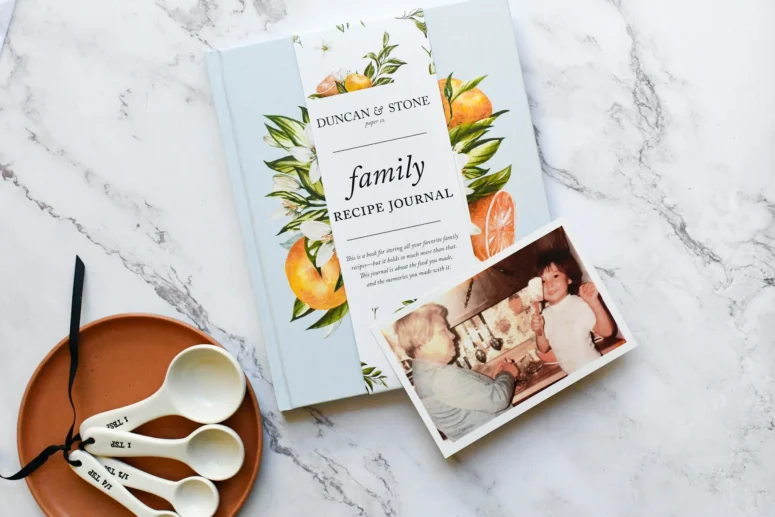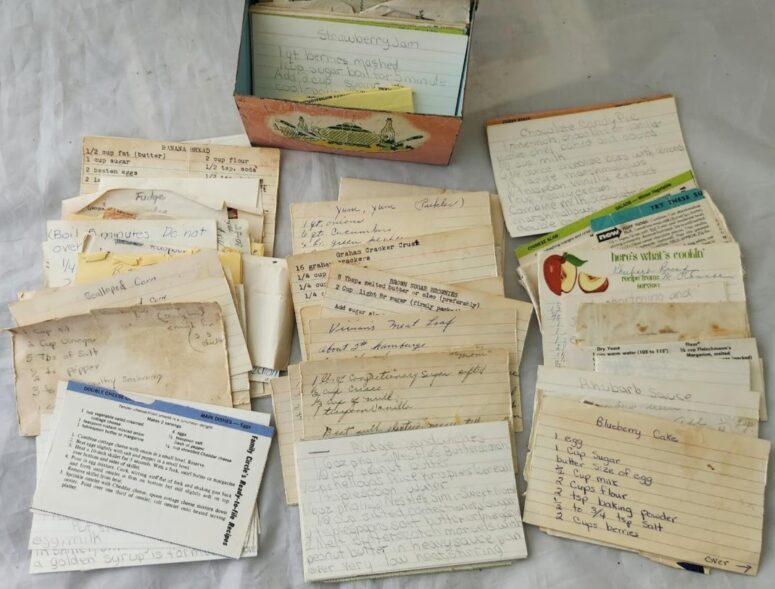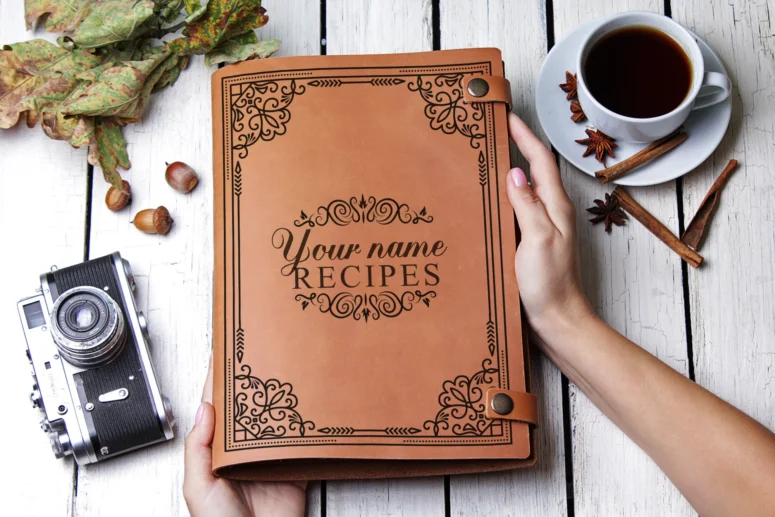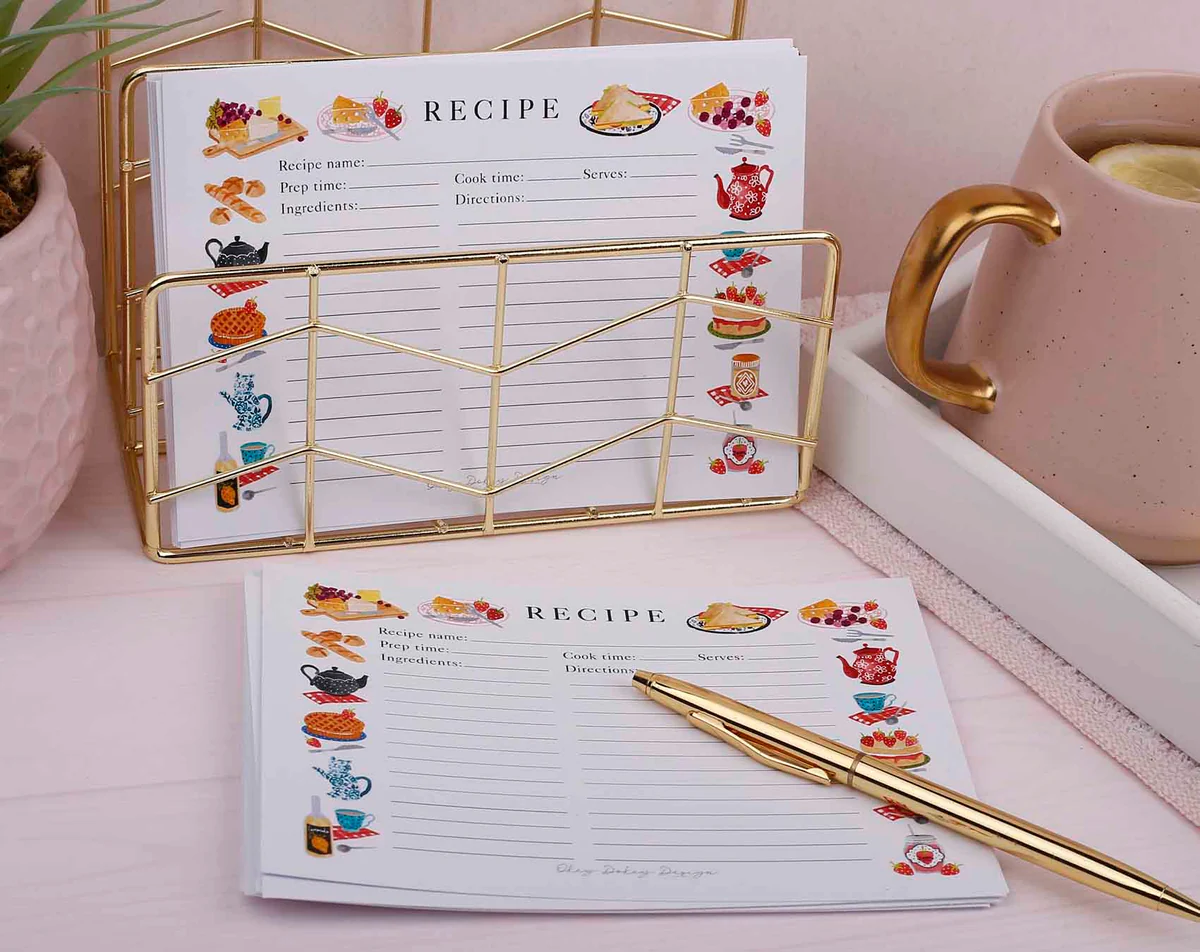Every family has those recipes that hold more than just flavor – they hold memories, identity, and continuity. Whether it’s a grandmother’s soup, a father’s grilling technique, or pastries baked only during holidays, these recipes are fragile treasures that risk being lost if not preserved.
In a time when digital tools are widely available, finding the best methods for keeping these recipes in one place is both practical and deeply meaningful. This article explores how to collect, organize, and protect traditional recipes so that they remain alive for generations.
Why Recipe Preservation Matters
Traditional recipes are more than cooking instructions; they represent culture, history, and the connection between generations. Losing them is not simply losing a meal, but erasing part of a family’s story.
Preservation ensures that:
- Cultural identity remains intact. Food carries heritage and traditions across time.
- Family bonds strengthen. Cooking together with well-documented recipes passes down skills and stories.
- Practical continuity is guaranteed. Clear records prevent recipes from being forgotten or altered beyond recognition.
In today’s fast-paced lifestyle, relying on memory is risky. Written and well-stored recipes protect authenticity, allowing families to revisit the same tastes even decades later.
Creating a Central Recipe Collection
One of the first steps to preserving recipes is bringing them together in one place. Instead of scattered notes, half-torn cookbooks, and digital screenshots, aim for a unified system. This doesn’t mean one format fits all; the best method often involves blending traditional and modern approaches.
A growing number of people like to make preservation a fun, hands-on project. A practical way is by storing recipes in a reusable sticker book. This option makes it easy to write, rearrange, and decorate recipes, offering flexibility without losing the charm of handwriting. Unlike static notebooks, these allow families to adjust, add seasonal notes, or even include personal touches like photos and drawings.
For those who prefer a mix of digital and manual, consider pairing this kind of creative tool with an app that keeps a cloud backup.

Digital Archiving for Future-Proof Recipes
Digital platforms are among the most reliable ways to ensure recipes never vanish. While handwritten notes are precious, they can be damaged, misplaced, or illegible over time. Technology provides a safety net.
Options Worth Considering
- Cloud storage platforms like Google Drive or Dropbox provide universal access and version control.
- Dedicated recipe apps such as Paprika or Evernote let you tag, categorize, and search recipes instantly.
- Family websites or private blogs allow relatives to contribute, add pictures, and share stories with each dish.
When going digital, standardization is key. Agree on one measurement system, consistent formatting, and clear naming so recipes remain easy to follow even years later.
Preserving the Story Behind the Dish
A recipe is not only about ingredients and timing; it’s about the emotions and context. If someone recalls how their aunt hummed a song while stirring the pot, that’s as valuable as the steps themselves. Preserving traditional recipes should include the backstory.
You can enrich your collection by adding:
- Short anecdotes about when the dish was served.
- Photographs of family gatherings or the original cook at work.
- Cultural notes about why a dish was important during specific festivals or seasons.
This approach ensures your recipe archive doubles as a memory book, not just a cooking guide.
Combining Handwritten and Printed Formats
Although digital is efficient, handwritten recipes carry unique sentimental value. Mixing both approaches creates a fuller, more enduring preservation.

Practical Combinations
- Compile handwritten originals in protective sleeves within binders.
- Print digital files and bind them as family cookbooks.
- Create recipe cards that can be laminated and shared with relatives.
By balancing tactile and digital methods, you protect recipes from single points of failure. Even if a hard drive crashes or ink fades, another format can safeguard the content.
Engaging the Whole Family
Recipe preservation works best when everyone contributes. Each generation can add its own knowledge and variation. Children may enjoy helping by adding illustrations or typing recipes into apps. Elders can provide corrections, tips, or even live demonstrations.
Ideas for Family Involvement
- Host a “recipe day.” Invite family members to cook together while writing down the exact steps.
- Record cooking sessions. Videos capture tone, gestures, and the “secret touches” that don’t always make it onto paper.
- Create family challenges. For example, everyone documents one recipe a month until the collection feels complete.
This turns preservation into a communal activity rather than a solo task.
Preserving Recipes Beyond the Kitchen
Some recipes deserve to be celebrated outside of practical cooking. Think about formats that display and honor them in daily life.
- Framed recipe prints can decorate kitchens with heritage pieces.
- Custom cookbooks make thoughtful gifts for younger family members moving away.
- Recipe calendars keep traditions visible all year round.
These creative approaches transform recipes into heirlooms that remind everyone of their cultural importance.

The Role of Food Photography
Adding images enhances preservation by making recipes easier to follow and more attractive. A photo of the finished dish, or even the preparation stages, can clarify instructions that words alone cannot.
To get the best results:
- Take pictures in natural light.
- Capture process shots for complex dishes.
- Include people in the photos to keep the human connection alive.
Photography bridges the gap between memory and practice, ensuring the look of the dish is remembered as well as the flavor.
Practical Tips for Long-Term Organization
Collecting recipes is only half the task; organizing them ensures they remain accessible.
- Categorize by type (soups, mains, desserts, beverages).
- Add an index if your collection is large.
- Use dividers or tags in binders or sticker books for quick navigation.
- Date entries so future generations know when recipes were written down or updated.
A little structure today saves hours of searching tomorrow.
Conclusion ─ Protecting Culinary Heritage
Preserving traditional recipes is both a responsibility and a joy. By combining digital tools, creative physical collections, and family participation, you can safeguard the flavors and stories that define your heritage. Recipes stored thoughtfully are more than instructions for a dish; they are gifts for future generations, proof of continuity, and reminders of where a family has come from.
Start small – document one recipe this week, add photos, and share the story behind it. Over time, this collection becomes a living archive of taste and tradition, ensuring that no beloved dish is ever lost to memory.
Contents

